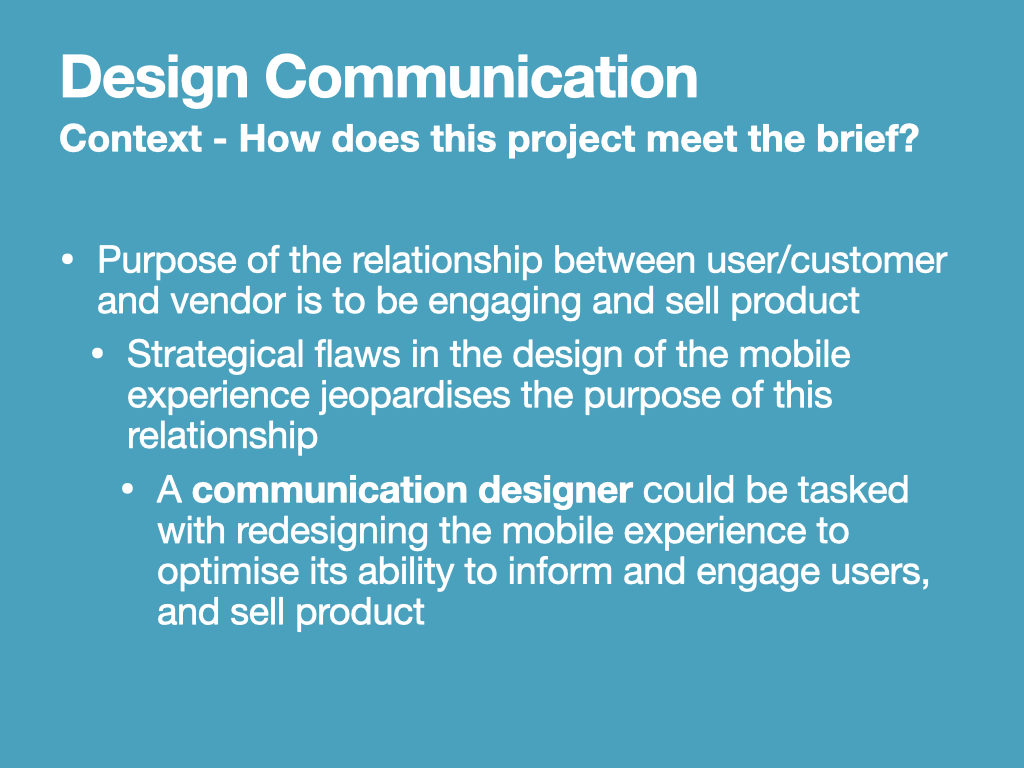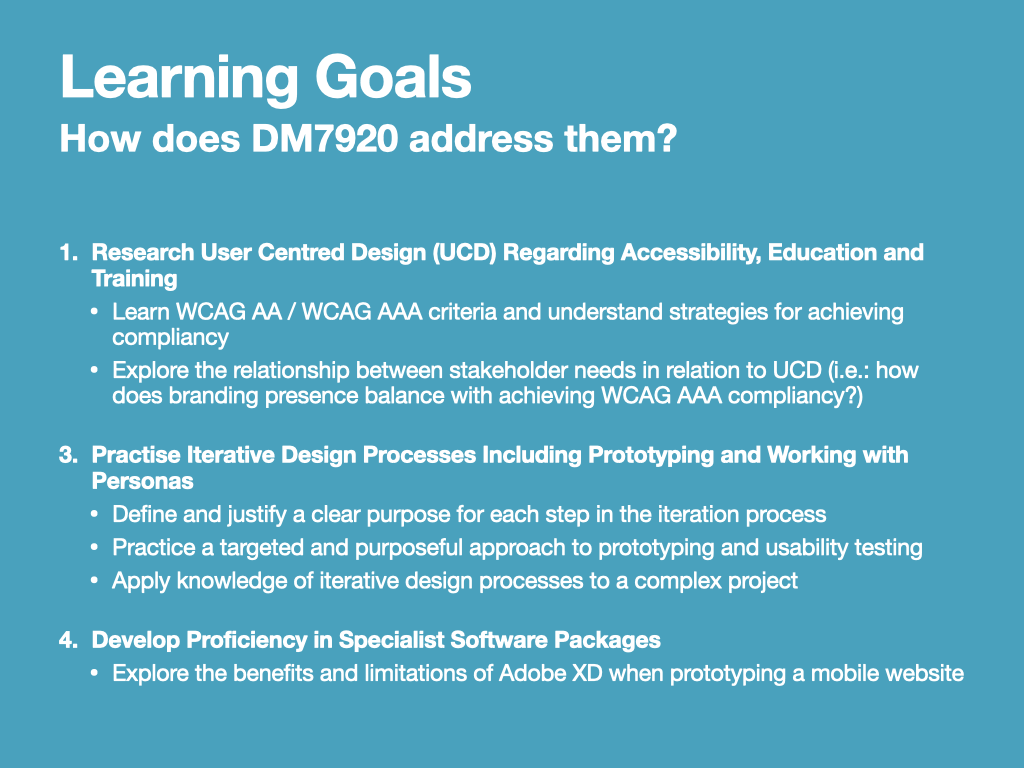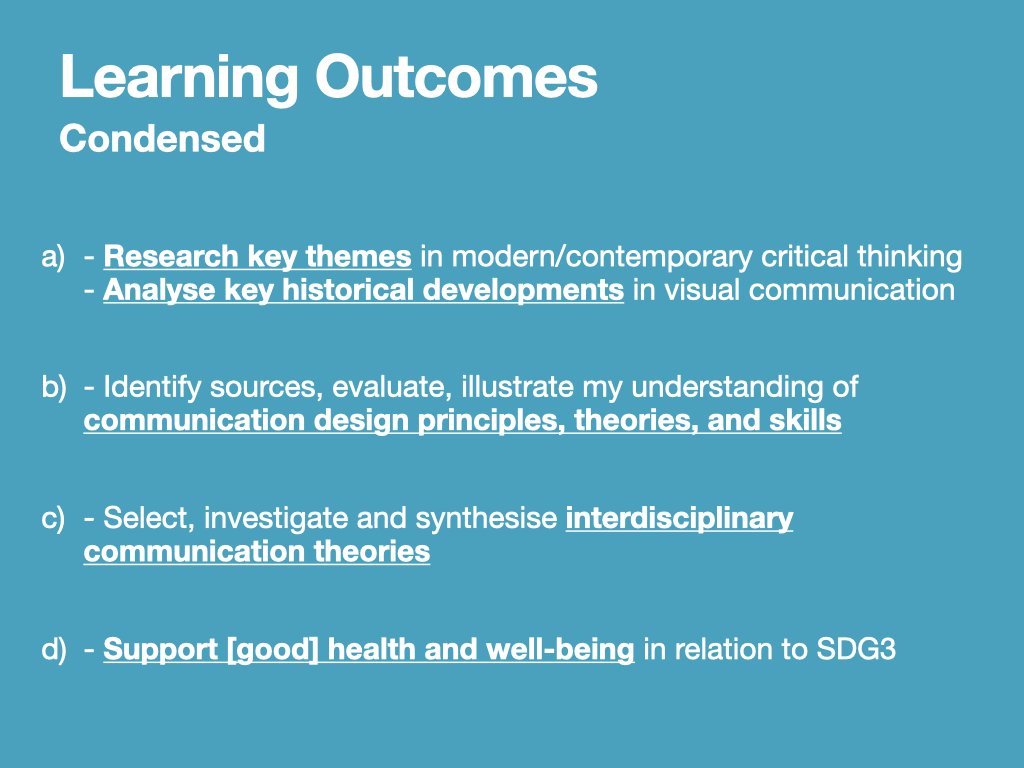My next module on the MA Digital Media Practice course is focused upon Design Communication. This is a broad, umbrella term that encompasses all methods that a designer may use to communicate with clients, their design team, or other stakeholders. The term can be applied to many visual disciplines including painting and photography, so for this reason I would also expect it to be applicable to emerging forms of media such as mobile applications and web design (Lock, I. 2022).
To explore Design Communication further, I intend to examine an existing e-commerce website from a design communicator’s perspective, then produce a range of iterative sketches, wireframes, and mockups, before finally offering suggestions for improvements in the form of a high-fidelity prototype / Proof of Concept.
At this stage I know that I would like to examine a mobile version of an e-commerce website and I’m particularly keen to explore the checkout process, as recent conversations with a UX designer working at New Look has drawn my attention to several design debates in this area. However, before I can progress any further, I must find a client!
Once I have found a client, I will begin the project by exploring some key themes within website design theory, including website structure and flow, gestalt principles, as well as accessibility recommendations and compliancy in accordance with the Web Content Accessibility Guidelines (W3C, 2018). I will also need to complete some research on my client’s user base to justify my design decisions, perhaps by making some user assumptions if I do not have direct access to analytics and the client’s existing UX research. With these key tasks completed, I should be able to produce a few objectives for the project as a way to measure my progress and success.

United Nations’ Sustainable Development Goals
During the project, I will also be exploring how my Proof of Concept and design methodologies could support the United Nation’s Sustainable Development Goals. In particular I have been tasked with addressing Goal 3: Good Health and Well-Being. I expect that some part of addressing this will be based upon how design communication methods could promote the client’s business objectives, but there will also be a reflective element that may question how I could develop healthy and sustainable design practices, which I could take into industry.
Learning Goals
Prior to beginning my research, I have decided to reflect upon the learning goals that I outlined in my first project on the MA Digital Media Practice course. This has led me to identify three learning goals and several tasks that I may be able to achieve within this module, dependent upon my client’s needs, and these are listed below:

Learning Outcomes
Throughout this project I must ensure that I meet all of the learning outcomes. Personally, I feel that I will need to pay particular attention to section a, relating to researching key themes and key historical developments in visual communication and critical thinking. I believe that I will meet these learning outcomes primarily through focus on theory relating to consumer psychology, and understanding of design based principles / User-centred design.

References
Lock. I., 2022. DM7920 Week 1 Welcome.
W3C (2018). Web Content Accessibility Guidelines (WCAG) 2.1. [online] W3.org. Available at: https://www.w3.org/TR/WCAG21/.